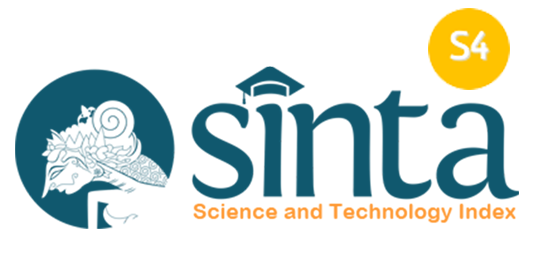The Role of Science Fiction in Enhancing Critical Thinking and Ethical Imagination in Education
Abstract
Keywords
Full Text:
PDFReferences
Abidin, Z., Herman, T., Wahyudin, W., and Farokhah, L. (2025). Bibliometric analysis using vosviewer with publish or perish of computational thinking and mathematical thinking in elementary school. ASEAN Journal for Science Education, 4(1), 7-16.
Arifiani, I., Nurul.H, L., and Rahmawan, S. (2025). Problem Based Learning (PBL) learning model for increasing learning motivation in chemistry subject: Literature review with bibliometric analysis. ASEAN Journal for Science Education, 4(1), 17-30.
Berne, R. W., and Schummer, J. (2005). Teaching societal and ethical implications of nanotechnology to engineering students through science fiction. Bulletin of Science, Technology and Society, 25(6), 459-468.
Black, J. E., and Barnes, J. L. (2021). Pushing the boundaries of reality: Science fiction, creativity, and the moral imagination. Psychology of Aesthetics, Creativity, and the Arts, 15(2), 284.
Hartanto, V.A., and Nandiyanto, A.B.D. (2022). Fun simple style and airplane science teaching to digital-based elementary school students. ASEAN Journal of Community Service and Education, 1(1), 15-22.
Hashim, S., Luta, G.R.A., and Nincarean, D. (2024). Adaptive strategies for technical and vocational education and training (TVET) science educators: Navigating online home-based learning. ASEAN Journal for Science Education, 3(2), 113-128.
Kamraju, M. (2025). The ethical and educational implications of greenwashing in corporate sustainability practices. ASEAN Journal for Science Education, 4(1), 45-52.
Khodjamkulov, U., Makhmudov, K., Abduramanova, D., Ruzmetova, D., Akhatov, L., and Djabbarova, F. (2024). Exploring Gothic-Themed lexemes and their cultural connotations in English and Uzbek: An Educational Perspective. International Journal of Language Education, 8(4), 655–677.
Ogundele, A.G., Umar, I.Y., and Idris, A.M. (2025). The emergence of new technologies in metalwork/automobile industries: Issues, challenges and opportunities in emanating from for delivery of technical education on a pandemic era. ASEAN Journal for Science Education, 4(1), 1-6.
Pardede, P. (2019). Using fiction to promote students’ critical thinking. Journal of English Teaching, 5(3), 166-178.
Pratiwi, D.T., Zahratunnisa, F., and Rahmawan, S. (2025). The impact of project-based learning (PjBL) on students’ motivation and learning outcomes: A literature review. ASEAN Journal for Science Education, 4(1), 53-58.
Saidirasilovna, U.N. (2025). Preparing future geography teachers through problem-based learning technology: A short review. ASEAN Journal for Science Education, 4(1), 39-44.
Salman, A.A., and Yahaya, O. (2025). Perception of early childhood education lecturers on the use of virtual learning. ASEAN Journal for Science Education, 4(1), 31-38.
Vicera, W.J.C. (2025). Development and validation of CalTech (calculator techniques) exercises manual. ASEAN Journal for Science Education, 4(2), 59-64.
Villavecencio, R.D., Layno, P.J.S., Tumangday, B.T., Estrella Jr, A.D., Mailla Jr, F.A., Abusama, H.P., Mecida, S.V., and Valdez, D.M. (2025). Utilization of dynamic visualization tools: Enhancing students’ motivation and engagement in biology education. ASEAN Journal for Science Education, 4(2), 65-84.
DOI: https://doi.org/10.17509/ajsee.v4i3.82480
Refbacks
- There are currently no refbacks.
Copyright (c) 2025 Universitas Pendidikan Indonesia

This work is licensed under a Creative Commons Attribution-ShareAlike 4.0 International License.














